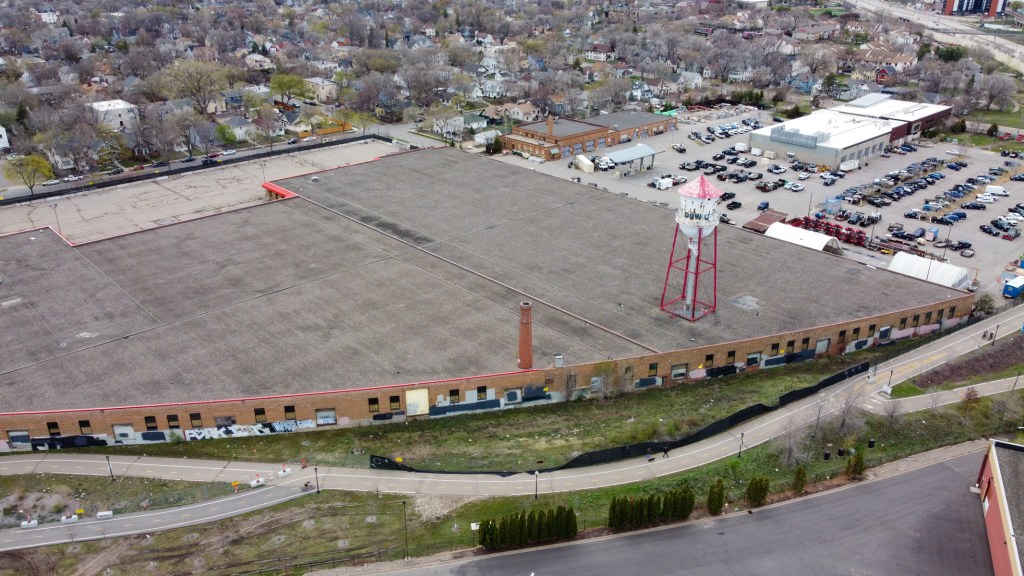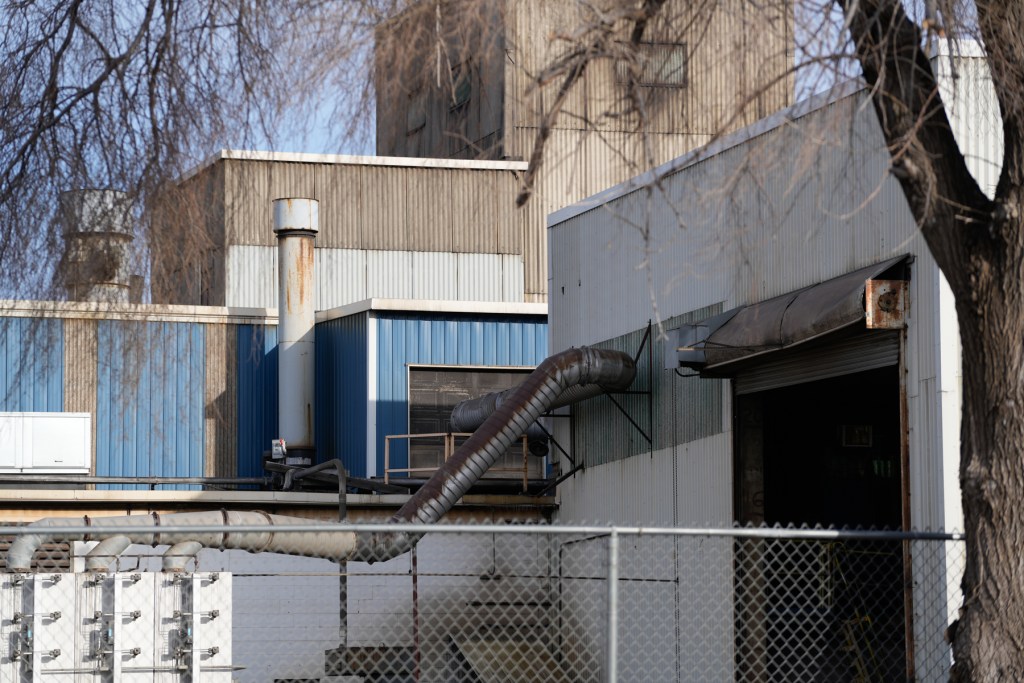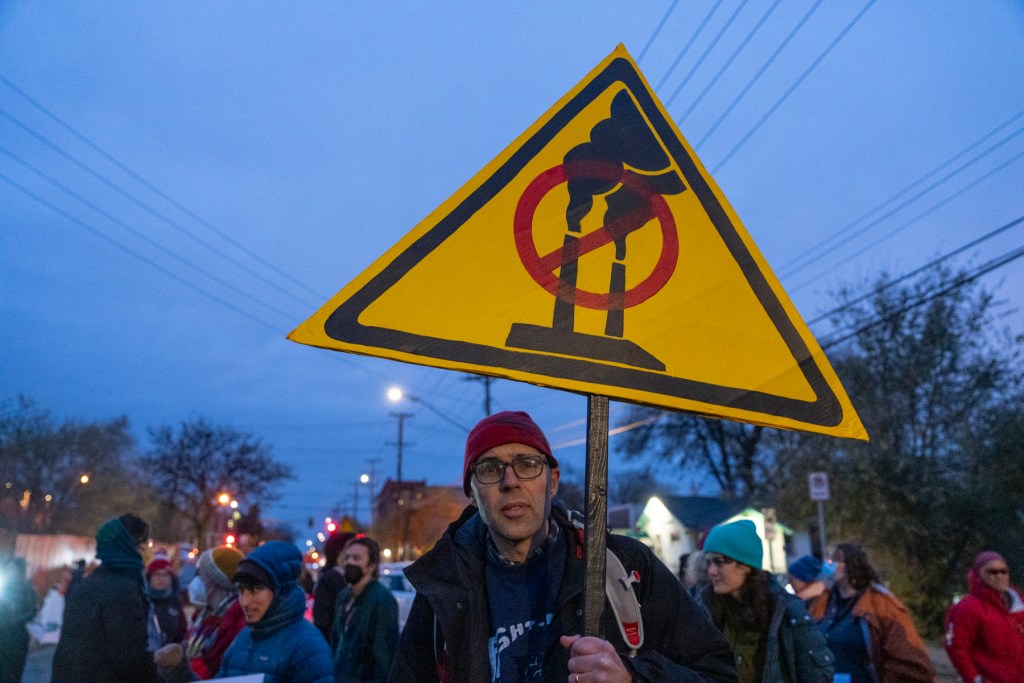Legislators and clean-energy advocates are planning to pass an ambitious climate agenda now that Democrats won control of the Minnesota Legislature and the governor’s office in last week’s election.
The Democratic caucus in the House has several climate initiatives it hopes to update, pass in the Senate, and send to Governor Tim Walz next year. Some are geared at helping low-income neighborhoods of color that experience higher pollution levels transition to clean energy. Others will seek to update standards for the first time since 2007.
“The top priority will be the 100 percent clean energy bill,” Representative Jamie Long, DFL-Minneapolis, told Sahan Journal.
Long is the newly appointed House majority leader. He also chairs the Climate and Energy Finance and Policy committee, from which he and his colleagues twice passed 100 percent clean energy legislation that stalled in a Republican-held Senate.
While the divided government passed the Energy Conservation and Optimization (ECO) Act, an update to state energy efficiency investments, in 2021, most large climate bills failed.
Now that Democrats have narrowly taken the Senate in addition to holding onto the state House of Representatives and the governor’s office, Long said the caucus has the groundwork laid for action. Previous clean-energy initiatives stalled in recent years as Republicans held onto a majority in the Senate.
Walz and Democrats statewide ran on getting to 100 percent clean energy by 2040, Long said. The version that passed the House of Representatives last session would commit all Minnesota utilities to reach 100 percent carbon-free energy by 2040, with benchmarks to hit every five years.
Carbon-free energy may be produced by renewable sources like solar, wind, and hydroelectric, as well as nuclear power. Long expects a new bill to look similar. A 100 percent clean energy bill would put Minnesota in the company of 15 states, Puerto Rico, and Washington, D.C., which have 100 percent clean or renewable energy goals enshrined by law or executive order.
A goal of achieving 100 percent clean or renewable energy in Minnesota by 2040 would put the state at the more ambitious end of the spectrum. Rhode Island’s law has a goal of reaching 100 percent renewable energy by 2030, while Arizona plans to get there by 2070.
Minnesota hasn’t updated its climate goals since Republican Tim Pawlenty was governor in 2007, when the Legislature approved a law seeking to reduce emissions by 80 percent from 2005 levels by 2050. The state is lagging well behind those current goals, according to a 2021 report.
The energy production sector is the only area that is meeting its projected goals from the law, but doesn’t have a total clean energy commitment. Minnesota emissions lag well behind goals in other sectors such as agriculture, commercial and residential buildings, and transportation, which is now the state’s highest source of greenhouse gas pollution.
Two major utilities in the state, Xcel Energy and Minnesota Power, have committed to 100 percent clean energy by 2050.
Representative Fue Lee, DFL-Minneapolis, told Sahan Journal that climate was a major issue for voters in his north Minneapolis district and for voters across the state, whom he met while campaigning for other DFL candidates.

“I think the voters do want us to take some action,” Lee said.
While the groundwork is laid, putting together a successful bill is never simple, said Justin Fay, a public affairs and advocacy leader with the Minnesota nonprofit Fresh Energy who lobbies the Legislature to adopt climate-friendly policies. He hopes legislators will consult a diverse group of people before moving to pass any major bills.
“Now that the election is done it’s time to get to work,” Fay said.
Chance for climate justice
Lee, who was elected to a fourth term and chairs the Capital Investment committee, has authored bills promoting environmental justice in neighborhoods near highways, factories, and other pollution sources, where 40 percent of the population is nonwhite and 35 percent of households are below the poverty line. Last session he pushed to establish a community air monitoring program and to prioritize using transit and school buses that run on electricity.
He said he has asked the Legislature’s staff to start redrafting pieces of climate justice legislation that stalled out in the upper chamber last year.
“I’m really excited about this opportunity for us to move forward on environmental justice bills,” Lee said.
Climate justice is a focus for the entire caucus, Long said. He pointed to a measure to increase weatherization funding by $30 million, which passed the House but died in the Senate last year, as a climate justice priority.
“We know low income folks and communities of color are seeing higher energy burdens,” Long said. “That’s unjust, but it also presents an opportunity.”
Increased weatherization funding aimed at households on energy assistance would help decrease emissions while saving families money and stimulating job growth, Long said.
RELATED Stories
First steps and strategies
There is low-hanging fruit that a united Legislature could harvest right away, Fay said.
The federal government has passed two bills with major climate impacts: The massive Inflation Reduction Act includes major funding for energy efficiency upgrades and renewable energy credits, and has drawn the most attention from voters interested in climate. But the Infrastructure Investment and Jobs Act of 2021 also is “a really big deal,” Fay said.
Last year, the Legislature couldn’t come to an agreement on matching funds for capital investment in the infrastructure act. The state can receive more than $7 billion from the federal government, but must match 20 percent of federal investments to receive the total potential benefit. Those dollars can go toward costs such as public transportation, electric vehicle charging stations, and new water infrastructure.
“Those are bedrock pieces that we need the Legislature to act on quickly,” Fay said.
Lee’s role with the capital investment committee means he will be a leader in shaping what Democrats hope is a robust bonding bill in 2023. During the last session, Walz sought a $2.7 billion bonding bill, which borrows money to invest in state infrastructure, but it didn’t pass. Walz’s 2022 proposal included $940 million in climate change adaptation and mitigation infrastructure.
While most climate benefits like funding for new transportation lines emerged from large omnibus-style bills under a divided government, Lee and Long said they believe there is more potential for targeted, individual climate bills to pass in the next session, which begins January 3.
Lee believes the DFL trifecta can take other actions to enable effective climate justice legislation. He said the Legislature should push to digitize property records statewide to find where racial housing covenants persisted, and then invest in green infrastructure in those areas.
While the impact of early 20th century housing discrimination on pollution and heat levels in the metro is well-documented, Lee says lawmakers need to learn more about those impacts in outstate Minnesota.






